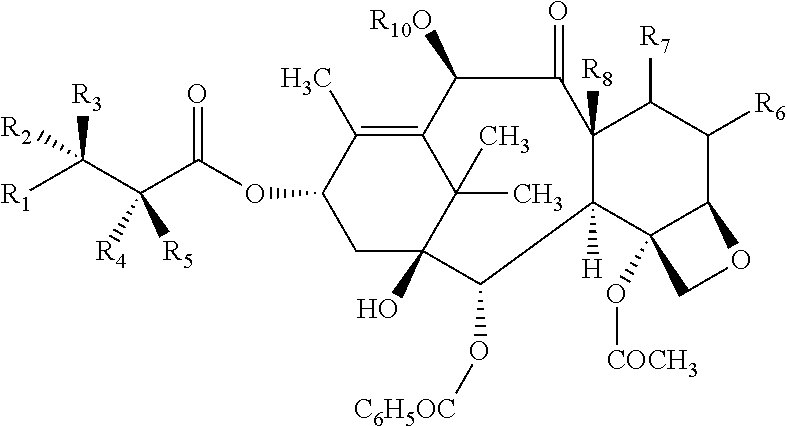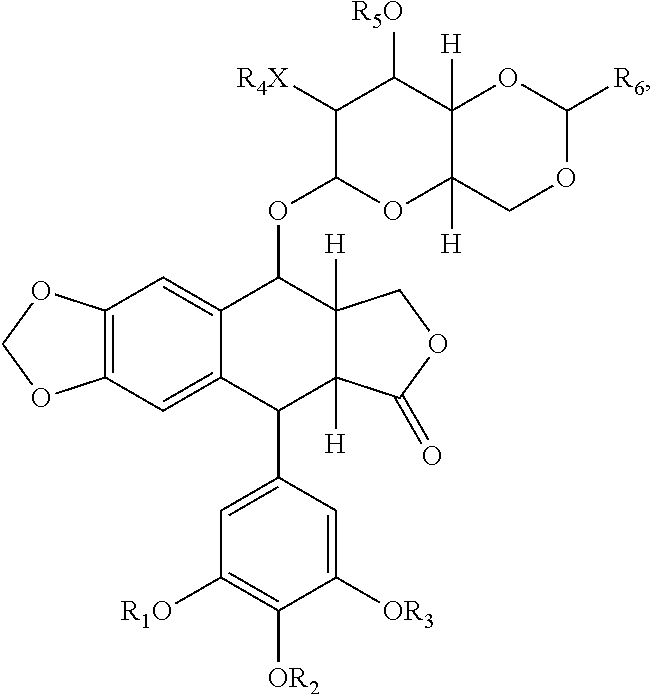Compositions and methods for the transport of therapeutic agents
a technology of therapeutic agents and conjugates, applied in the field of polypeptidetransport vector conjugates, can solve the problems of ineffectiveness, lack of therapeutic options available for major neurological diseases, and the blood-brain barrier (bbb) is considered a major obstacle, so as to reduce the size of tumors or the number of cancer cells, slow down, prevent, or inhibit the effect of an increase in tumor siz
- Summary
- Abstract
- Description
- Claims
- Application Information
AI Technical Summary
Benefits of technology
Problems solved by technology
Method used
Image
Examples
Embodiment Construction
[0050]The present invention features a conjugate between a targeting polypeptide and a transport vector. The targeting polypeptide is capable of directing the transport vector into the brain, into the central nervous system (CNS), or into other cells, tissues, and organs. Typically, the transport vector will be bound to or will contain a therapeutic agent. The therapeutic agent may be any agent known in the art (e.g., those described herein). Agents include small molecules, polypeptides, and polynucleotides, such as RNA interference (RNAi) agents or polynucleotides encoding an RNAi agent. The transport vector, in certain embodiments, can stabilize, protect (e.g., nuclease protection), or assist in targeting the agent to a desired tissue or cell. In one example, polypeptide-transport vectors carrying an RNAi agent can target the agent to the brain of an individual in need of treatment. In addition, other agents that are unable or ineffective at crossing the blood-brain barrier (BBB) ...
PUM
| Property | Measurement | Unit |
|---|---|---|
| length | aaaaa | aaaaa |
| hydrophilic | aaaaa | aaaaa |
| hydrophobic | aaaaa | aaaaa |
Abstract
Description
Claims
Application Information
 Login to View More
Login to View More - R&D
- Intellectual Property
- Life Sciences
- Materials
- Tech Scout
- Unparalleled Data Quality
- Higher Quality Content
- 60% Fewer Hallucinations
Browse by: Latest US Patents, China's latest patents, Technical Efficacy Thesaurus, Application Domain, Technology Topic, Popular Technical Reports.
© 2025 PatSnap. All rights reserved.Legal|Privacy policy|Modern Slavery Act Transparency Statement|Sitemap|About US| Contact US: help@patsnap.com



